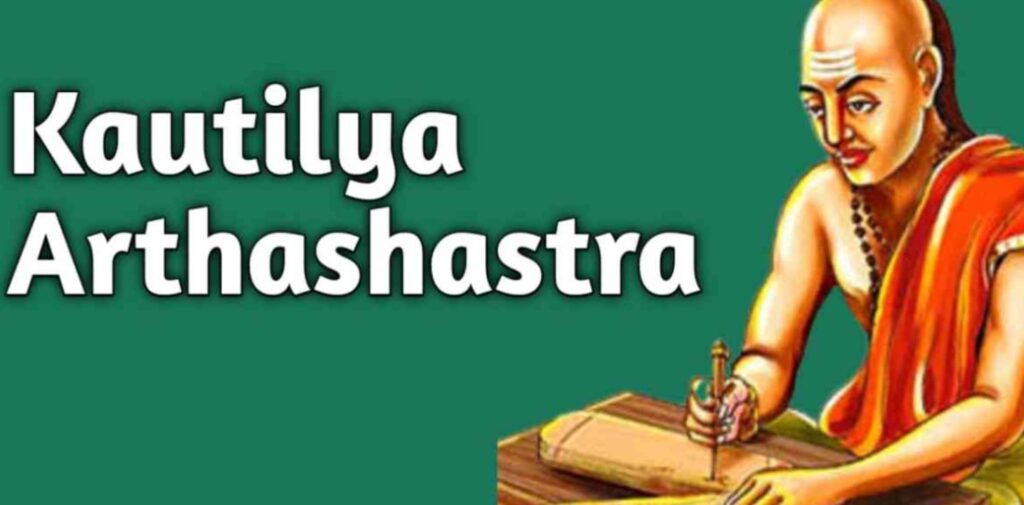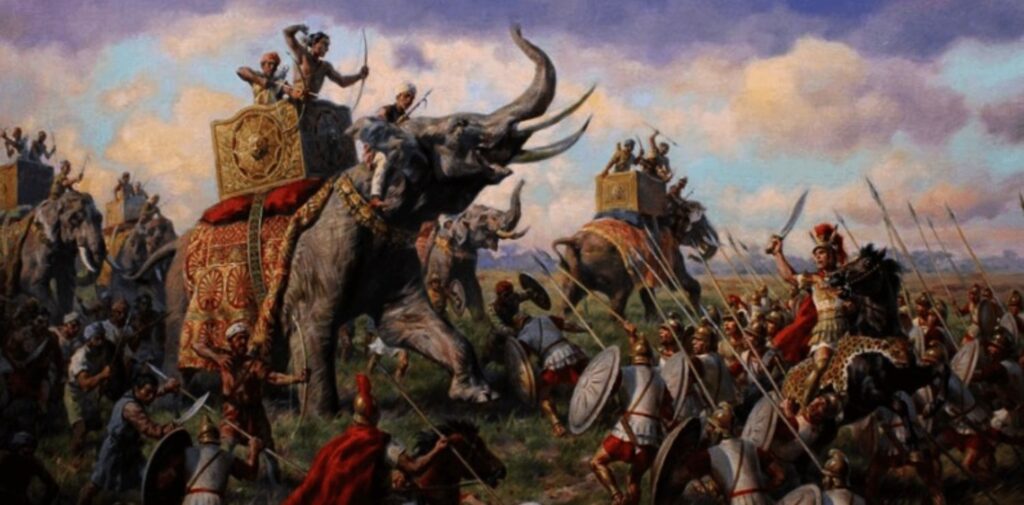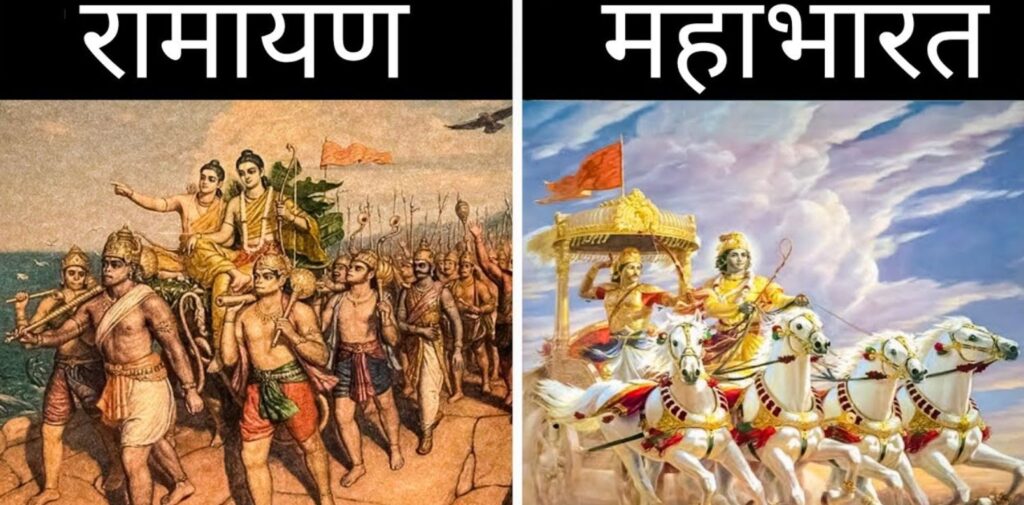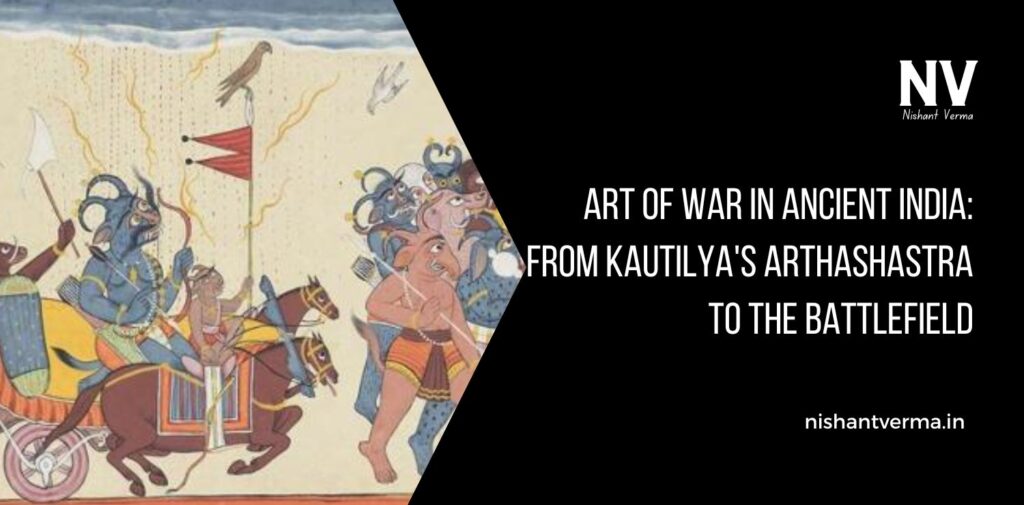India has a rich history, not only in terms of its culture, arts, and sciences but also in terms of military strategy and warfare. Ancient Indian warriors were known for their bravery, intelligence, and powerful tactics. The art of war was deeply studied and practiced in ancient India, and one of the most famous guides on military strategy comes from Kautilya, an ancient Indian scholar. His book, Arthashastra, is one of the earliest and most important works on politics, economics, and military tactics.
In this article, we will explore the art of war in ancient India, looking at the role of strategy, the wisdom of Kautilya, and how warriors and kings used these teachings on the battlefield.
Kautilya Arthashastra: The Manual of War
One of the most important texts on warfare in ancient India is the Arthashastra, written by Kautilya, also known as Chanakya. Kautilya was a scholar, teacher, and advisor to the Mauryan Empire, and he is best known for his contributions to politics and military strategy.
The Arthashastra is a detailed guide on ruling an empire, running the economy, and conducting warfare. It is often referred to as the “Indian manual of statecraft and military tactics.” Written around 2,300 years ago, it covers everything from diplomacy to spying, and from the art of managing armies to planning attacks.
Kautilya emphasized that intelligence and planning were key to winning wars. He believed that understanding your enemy, choosing the right time to fight, and using clever strategies could lead to victory without always needing large armies. His approach was to be flexible, to adjust according to the situation, and to use every possible resource in the fight.

The Importance of Strategy and Planning
Kautilya’s teachings focused a lot on the importance of strategy and planning. He believed that a wise king or general should never rush into a battle without thinking carefully. In the Arthashastra, he says that understanding your enemy is just as important as preparing your own army.
Knowing the Enemy
Kautilya strongly believed in the idea of spying. He said that information about the enemy’s weaknesses, strengths, plans, and movements is very important. According to him, a king should have a network of spies to gather intelligence. This would help him understand the enemy’s intentions and make smart decisions about when to attack and when to wait.
Choosing the Right Time
Kautilya also stressed the importance of choosing the right time for battle. He believed that war should not be fought out of anger or greed, but only when it was necessary. For example, if an enemy was weak or facing trouble, it might be the right time to strike. But if the enemy was strong, it might be better to wait, strengthen your own position, and then attack later.

Types of Warfare in Ancient India
Ancient India had many different kinds of warfare, and each was shaped by the terrain and resources available in the region. Some areas had dense forests, others had deserts, and some had plains. The type of warfare depended on the environment and the enemy you were facing.
War on Land: Cavalry and Elephants
Ancient Indian armies used a variety of techniques and weapons in land battles. One of the most important types of soldiers in Indian armies were the cavalry (soldiers on horseback). Cavalry was fast, mobile, and could attack quickly, making it an important part of ancient Indian warfare.
Another important part of Indian armies was elephants. Elephants were heavily armored and used to charge at the enemy. They were incredibly powerful and could cause fear and confusion among the enemy forces. The famous Mauryan Empire, under Emperor Chandragupta Maurya, used elephants to great effect in battles.
War on Water: Naval Power
India also had naval forces for fighting on the sea. The ancient Indian kingdoms, especially the Chola dynasty in South India, were known for their powerful naval fleets. These fleets helped India control sea trade routes, defend against pirates, and launch attacks on neighboring kingdoms. The Chola navy is even said to have sailed as far as Southeast Asia and Sri Lanka.
Guerrilla Warfare
Another important strategy used in ancient India was guerrilla warfare. This form of warfare focused on small, quick attacks, using the terrain to your advantage. Guerrilla fighters would hide in forests or mountains, strike quickly, and then disappear before the enemy could respond. This type of warfare was often used when one side was smaller or less powerful but had knowledge of the local area.
One famous example of guerrilla warfare in ancient India is the battle fought by Chandragupta Maurya against the Nanda Dynasty. Chandragupta, with the help of his teacher Kautilya, used these tactics to overthrow a much larger enemy force and establish the Mauryan Empire.
The Role of the Warrior Class
In ancient India, there was a special class of people who were trained in the arts of war. These warriors were part of the Kshatriya caste, which was responsible for protection and governance. The Kshatriyas were trained from a young age in military skills like archery, swordsmanship, and riding horses.
One famous Indian warrior who embodies the qualities of bravery and skill in battle is Arjuna, a central character in the epic Mahabharata. Arjuna was known for his excellent skills with the bow and arrow. His teachings and practices on warfare are detailed in the Mahabharata and give insight into the importance of courage, strategy, and discipline in ancient Indian warfare.

The Epic Battles: Mahabharata and Ramayana
The Mahabharata and the Ramayana are two of India’s most famous epics, and both are filled with stories of warfare, strategy, and heroism. These epics have been passed down for generations and are still widely read and admired today.
The Battle of Kurukshetra (Mahabharata)
One of the most famous battles in Indian history is the Battle of Kurukshetra, as described in the Mahabharata. This was a war fought between two sets of cousins—the Pandavas and the Kauravas—and it involved the use of various military strategies. The Pandavas, led by Yudhishthira and Arjuna, were trained in warfare by Krishna, who was their advisor.
In this epic battle, different types of warfare were used, including chariot warfare, archery, and strategic alliances. Lord Krishna played a key role in advising the Pandavas on how to win the battle. One of the most famous parts of the Mahabharata is the Bhagavad Gita, where Krishna gives Arjuna advice on the meaning of duty, war, and life.
The Battle of Lanka (Ramayana)
In the Ramayana, the Battle of Lanka is another epic story of war. The hero, Lord Rama, fights against the demon king Ravana to rescue his wife Sita. Rama uses a combination of strategy, courage, and alliances to win the war. Like the Mahabharata, the Ramayana teaches important lessons about honor, duty, and valor.
The Legacy of the Art of War in Ancient India
The teachings of Kautilya, the warriors of the Mahabharata, and the lessons from the Ramayana continue to influence Indian military thinking today. Even in modern times, India has maintained a deep respect for the art of strategy and warfare, with lessons drawn from ancient texts and historical battles.
The ancient Indian approach to war was not just about physical strength but also about intelligence, planning, and understanding the enemy. These principles are still relevant in the world today, in both military strategy and leadership.
Conclusion
The art of war in ancient India was a complex and sophisticated system that combined knowledge, strategy, and courage. From the wise teachings of Kautilya’s Arthashastra to the heroic tales of battle in the Mahabharata and the Ramayana, ancient Indian warfare was more than just fighting—it was about using the mind and the environment to achieve victory.
These ancient teachings not only helped rulers and warriors win battles but also shaped the values of honor, duty, and intelligence in Indian society. Today, the lessons from ancient Indian warfare continue to inspire and guide people around the world.




